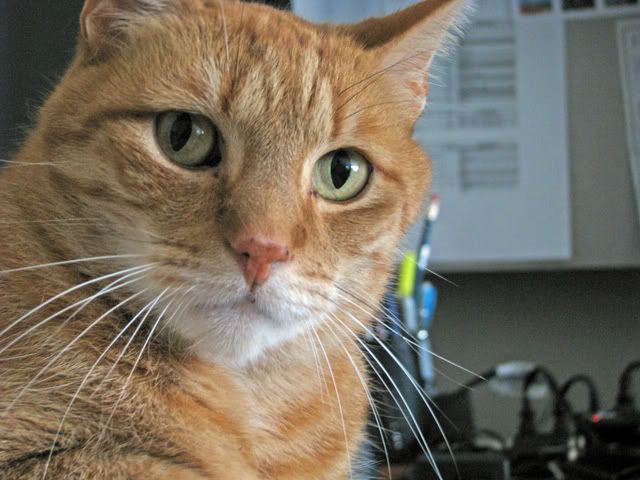 This week I am focusing on questions related to pet potty training. One of the questions was related to a cat urinating all over the house, peeing on the bed or on the laundry.
This week I am focusing on questions related to pet potty training. One of the questions was related to a cat urinating all over the house, peeing on the bed or on the laundry.
When a cat’s behavior changes and the toileting habits change suddenly it is important to rule out any veterinary medical issues such as a urinary infection or blockage.
Feeding a quality diet that does not include grains or fillers can help keep your feline healthier but if your veterinarian makes a recommendation you should follow the directions.
These days I prefer to refer cats to feline veterinary specialists because I believe there are too many developments in the veterinary world to keep on top of all of them. Specialists see the specific species and issues and so can delve into them deeply.
Cats with urinary tract infections will urinate outside of the box and sometimes the cat will urinate in sinks or bathtubs. They may cry in the litter box, or begin to urinate more frequently in smaller amounts. In other cases you may observe a cat straining to urinate (and failing) or excreting bloody urine.
Your veterinarian will want a urine sample. So the cat will need to urinate in a special non-absorbent litter. Otherwise the veterinarian will do a procedure called a cystocentesis.
Next a urinalysis is done (sometimes an ultrasound may also be recommended) to rule out an infection, disease, stones or crystals.
If the cat has a bladder infection you will be given a prescription to relieve the infection and discomfort. If the cat reveals crystals, the treatment usually involves a diet change (PH) for up to eight weeks.
Follow up visits are a must and maintenance usually also involves getting your cat to drink additional water or to take in more fluids through wet food.
However, litter box avoidance can also be caused by stress and I’ll talk about this tomorrow.
If you have issues with cat urination or cats urinating around the house I can recommend a few cat odor neutralizer and cat clean up products:
- Get Serious Cat Clean Up
- Natural Miracle Cat Odor Destroyer
- Cat Stink Finder (Light to find urine plus clean up product)
- Bissell Little Green Pet Clean Machine
Have you experienced this problem? If so, how did you solve it?


